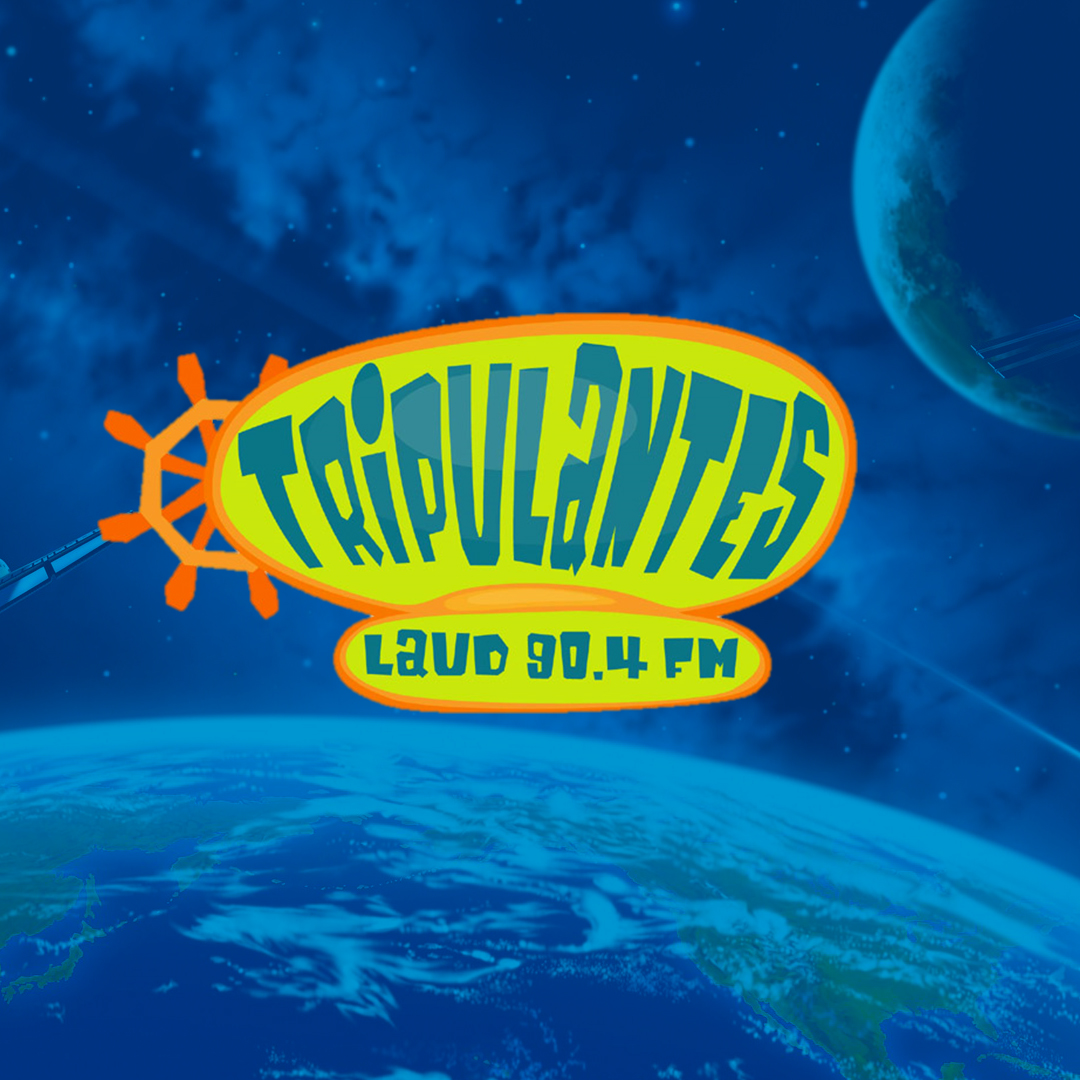
Estás filtrando por
Se encontraron 1081 resultados en recursos

Compartir este contenido
Diseño e implementación de una microcentral de beneficio y agencia comercial de café en Viotá Cundinamarca
Copia el enlace o compártelo en redes sociales
Spatio-temporal analysis of extreme wind velocities for infrastructure design = Analisis espacio-temporal de velocidades extremas de viento para diseño de infraestructura
Compartir este contenido
Spatio-temporal analysis of extreme wind velocities for infrastructure design = Analisis espacio-temporal de velocidades extremas de viento para diseño de infraestructura
Copia el enlace o compártelo en redes sociales
The future is bio-based: Towards a sustainability transition of biomaterials lead by users = El futuro es de base biológica: hacia una transición sostenible de los biomateriales liderada por los usuarios
Compartir este contenido
The future is bio-based: Towards a sustainability transition of biomaterials lead by users = El futuro es de base biológica: hacia una transición sostenible de los biomateriales liderada por los usuarios
Copia el enlace o compártelo en redes sociales

El cacao: una apuesta para la transformación del territorio en el occidente de Boyacá
Compartir este contenido
El cacao: una apuesta para la transformación del territorio en el occidente de Boyacá
Copia el enlace o compártelo en redes sociales
Generative Design of Modular/Industrial Architectural System = Diseño Generativo de Sistema Arquitectónico Modular/Industrial
Compartir este contenido
Generative Design of Modular/Industrial Architectural System = Diseño Generativo de Sistema Arquitectónico Modular/Industrial
Copia el enlace o compártelo en redes sociales
Development of a Risk Assessment for Offshore Wind Turbines using Failure Modes, Effects and Criticality Analysis with Monte Carlo Simulations
Compartir este contenido
Development of a Risk Assessment for Offshore Wind Turbines using Failure Modes, Effects and Criticality Analysis with Monte Carlo Simulations
Copia el enlace o compártelo en redes sociales

Plan de negocio fintech : Crediágil
Compartir este contenido
Plan de negocio fintech : Crediágil
Copia el enlace o compártelo en redes sociales

Vending sano y nutritivo
Compartir este contenido
Vending sano y nutritivo
Copia el enlace o compártelo en redes sociales

Tik Tok desde el mundo de las niñas y los niños
Compartir este contenido
Tik Tok desde el mundo de las niñas y los niños
Copia el enlace o compártelo en redes sociales

Tecnolandia
Compartir este contenido
Tecnolandia
Copia el enlace o compártelo en redes sociales
Selecciona las Colecciones en las que vas a añadir el contenido
Para consultar los contenidos añadidos busca la opción Tus colecciones en el menú principal o en Mi perfil.
